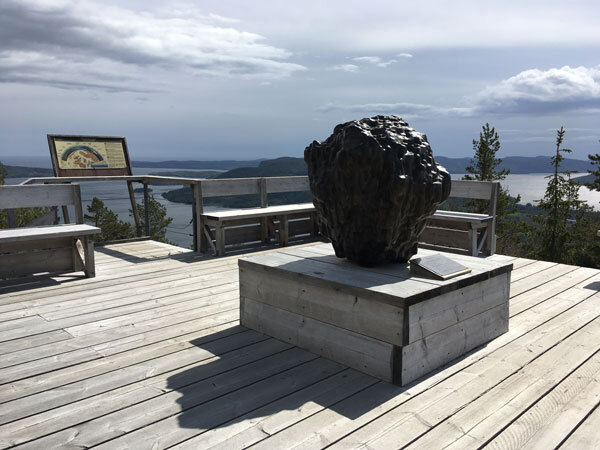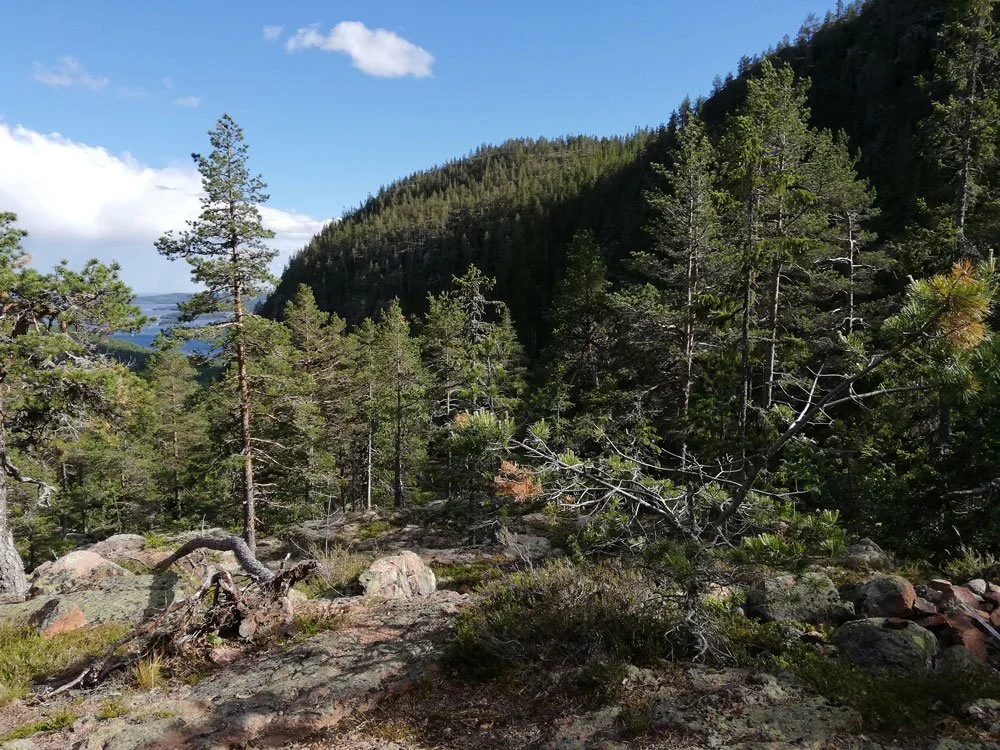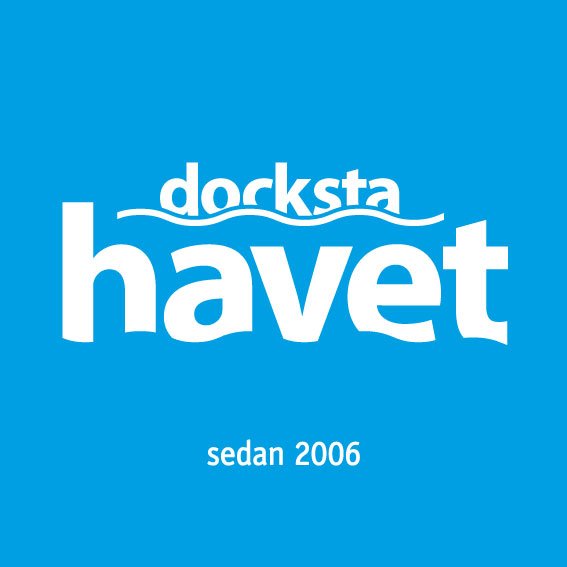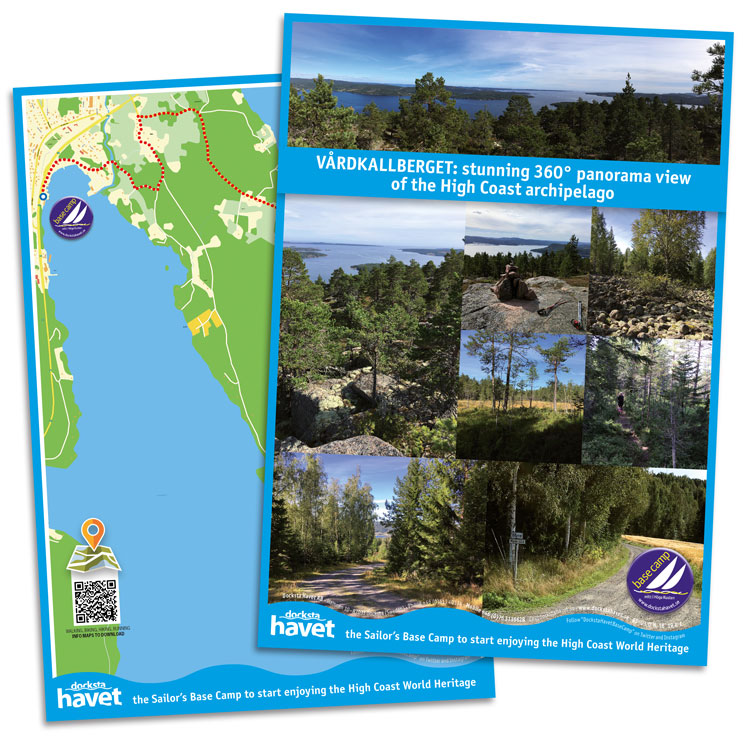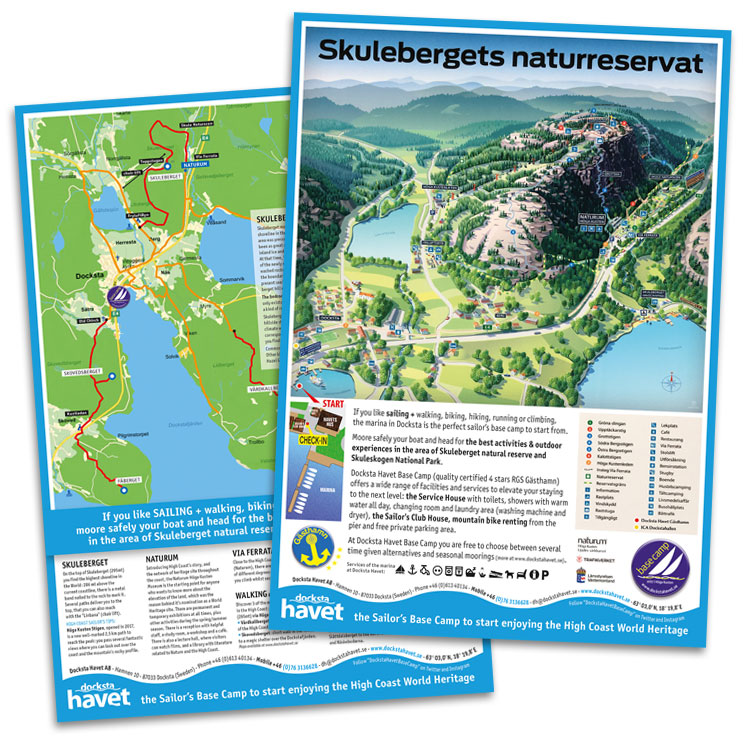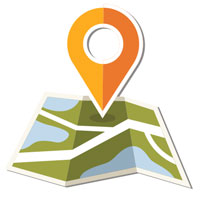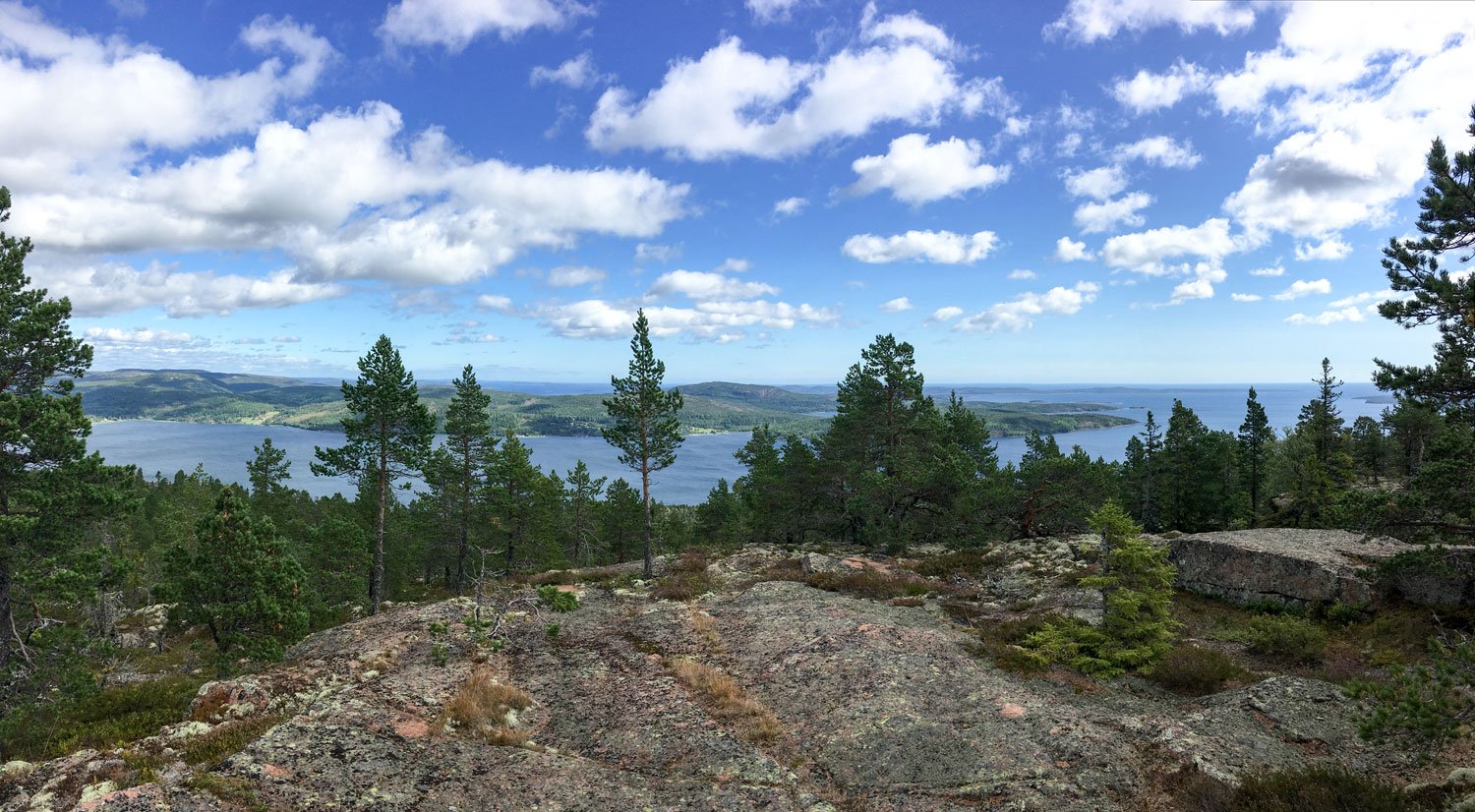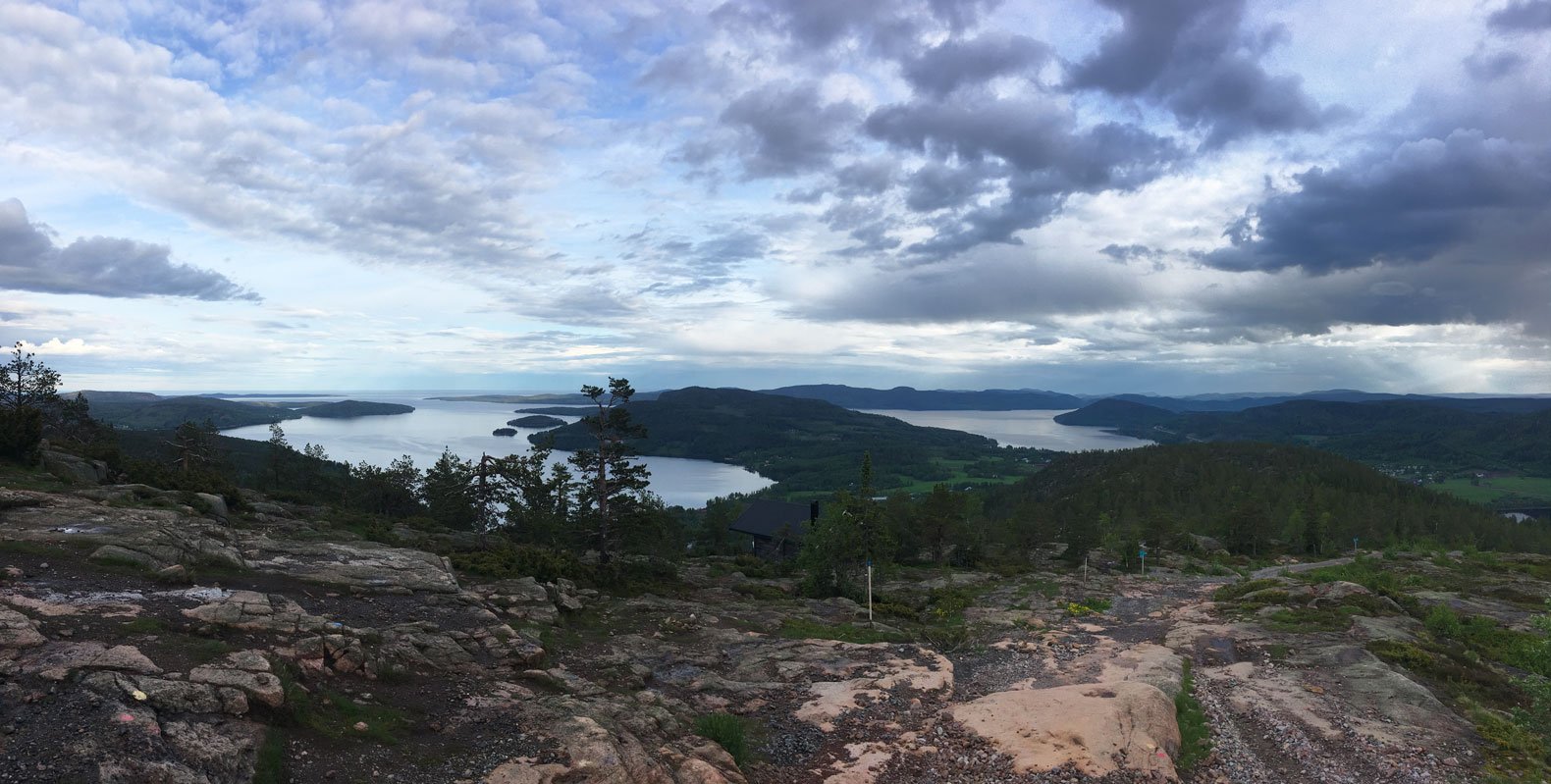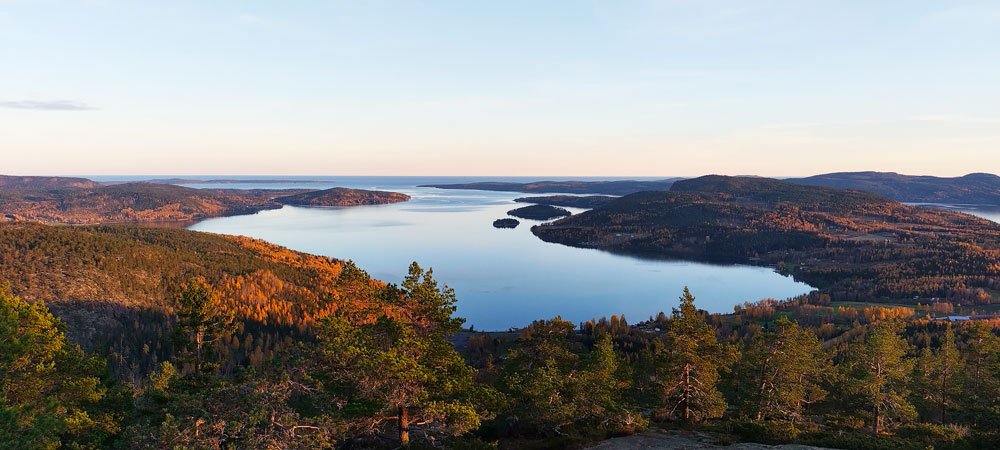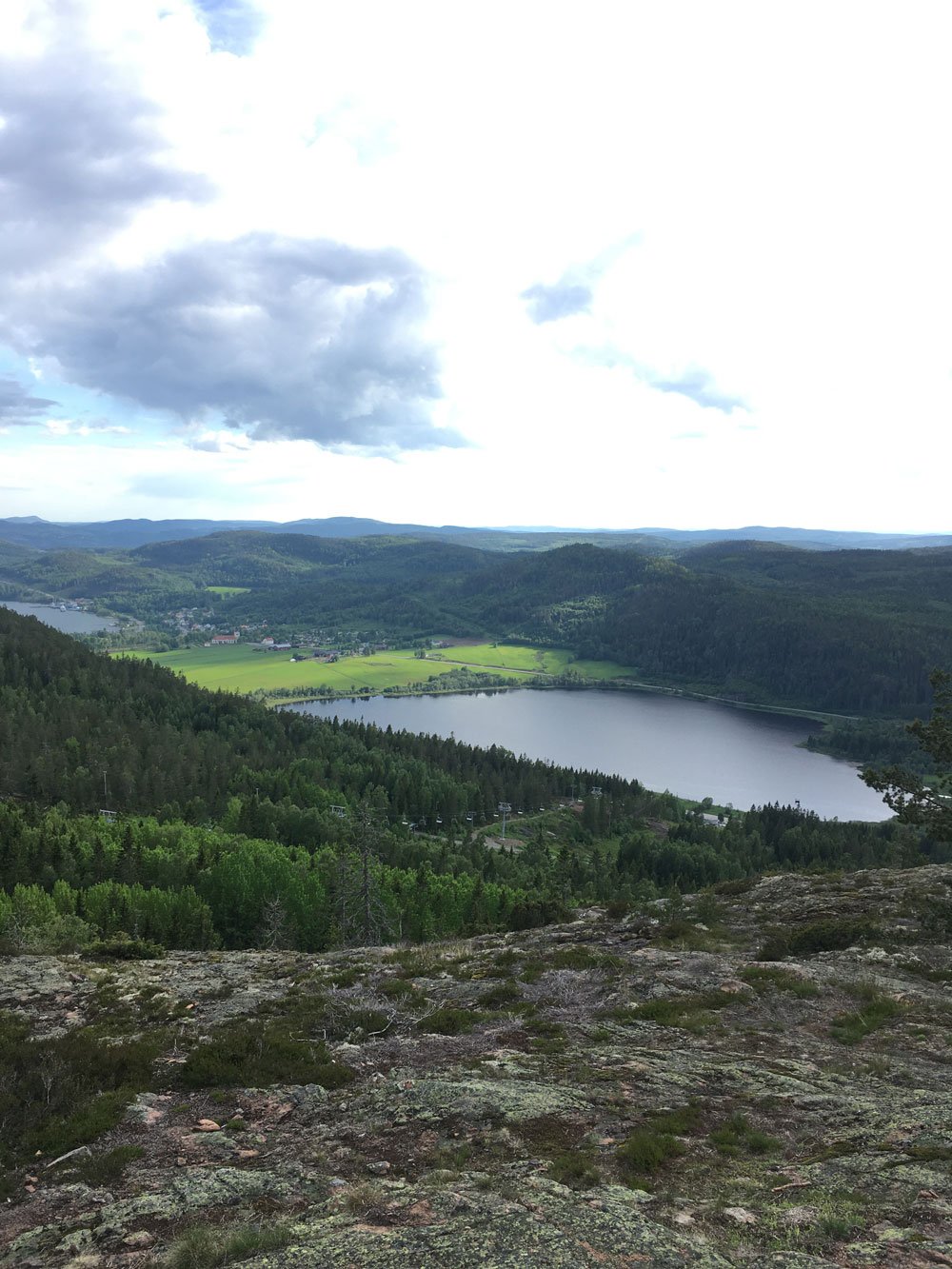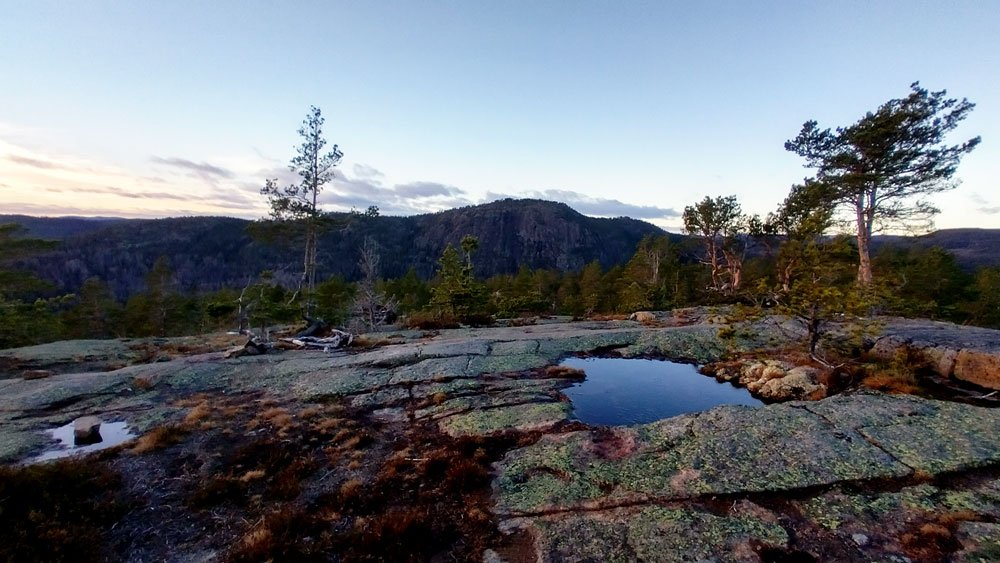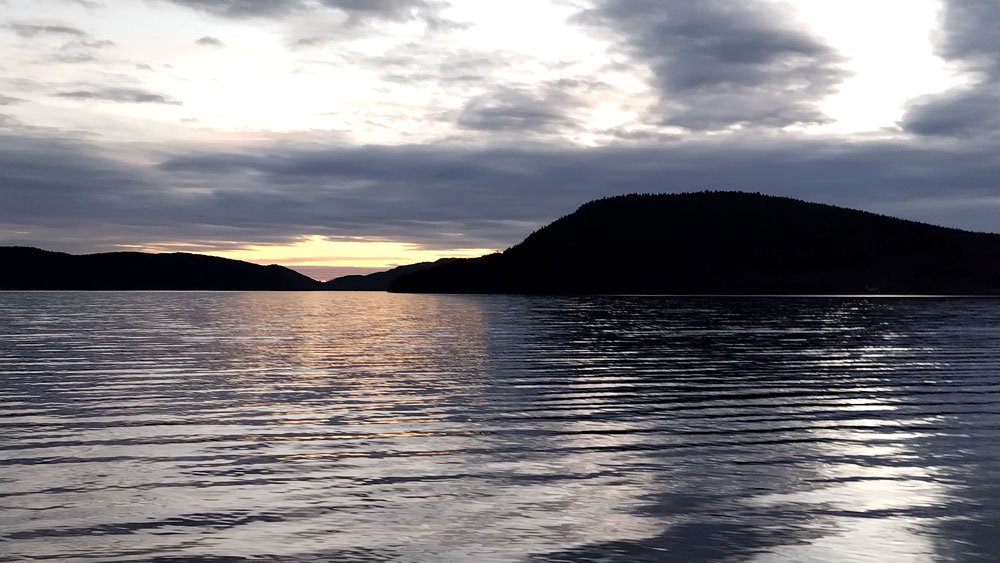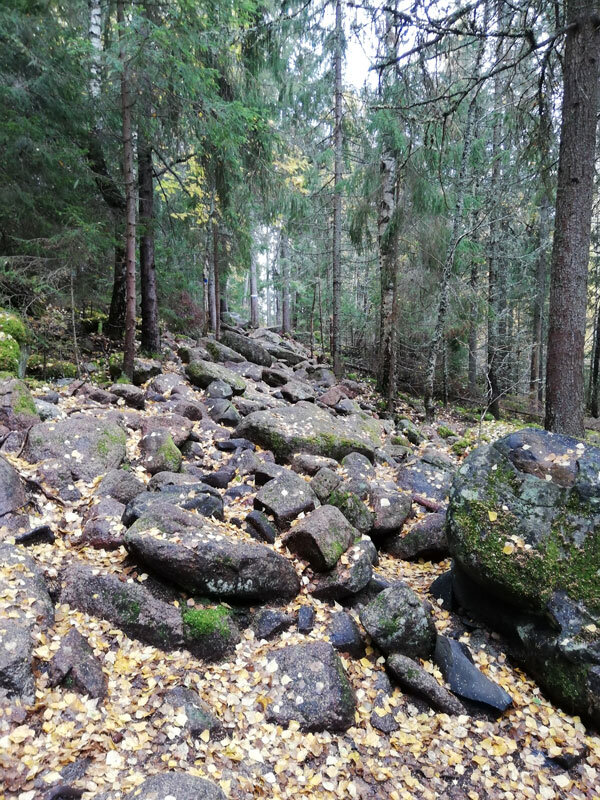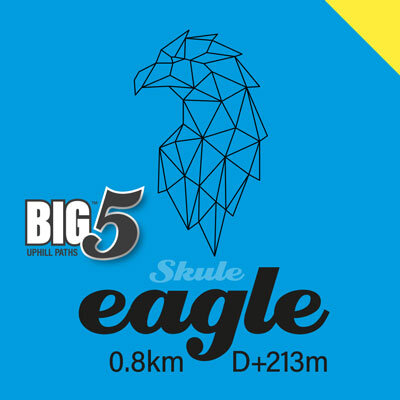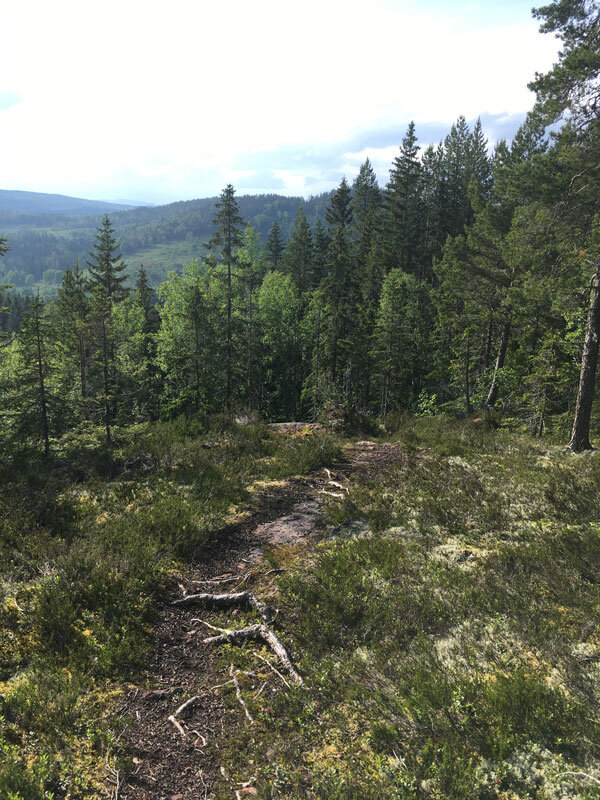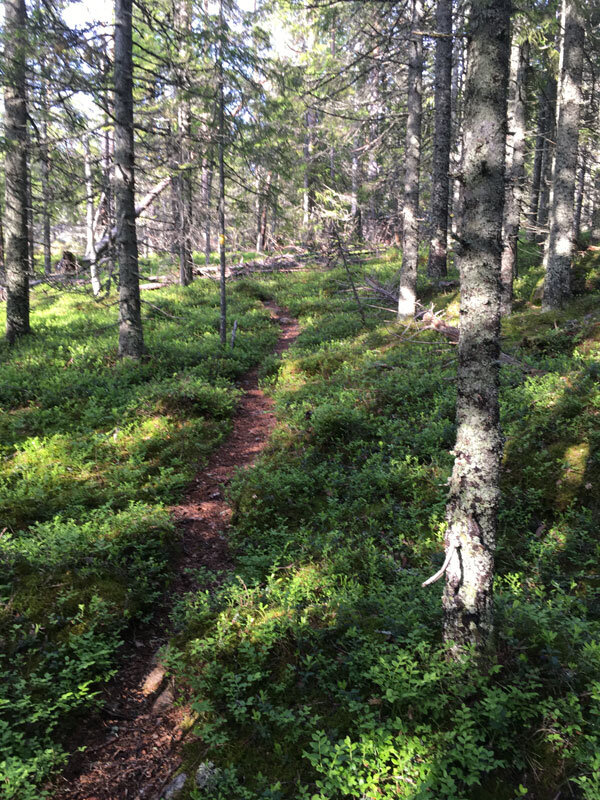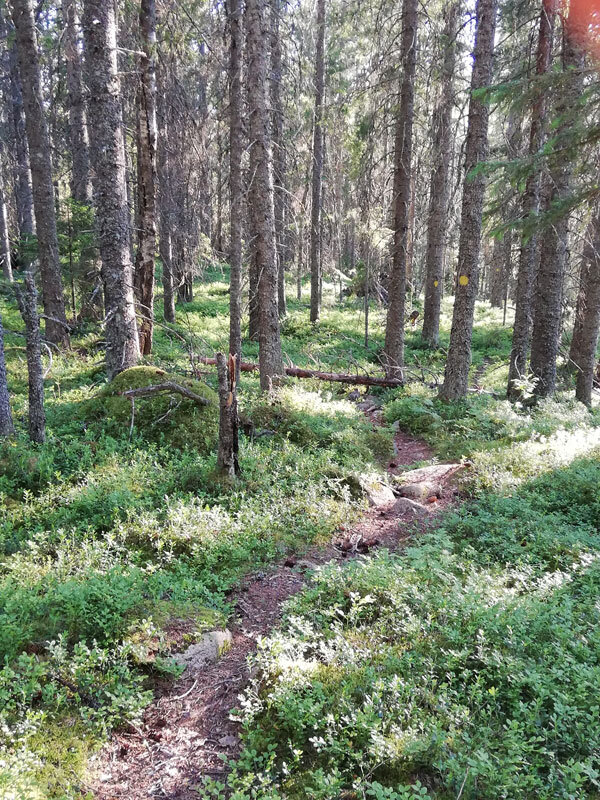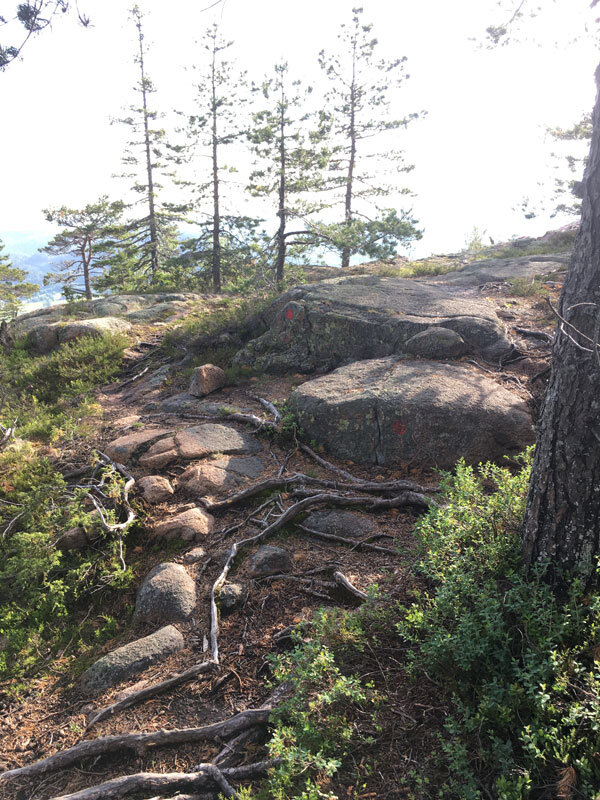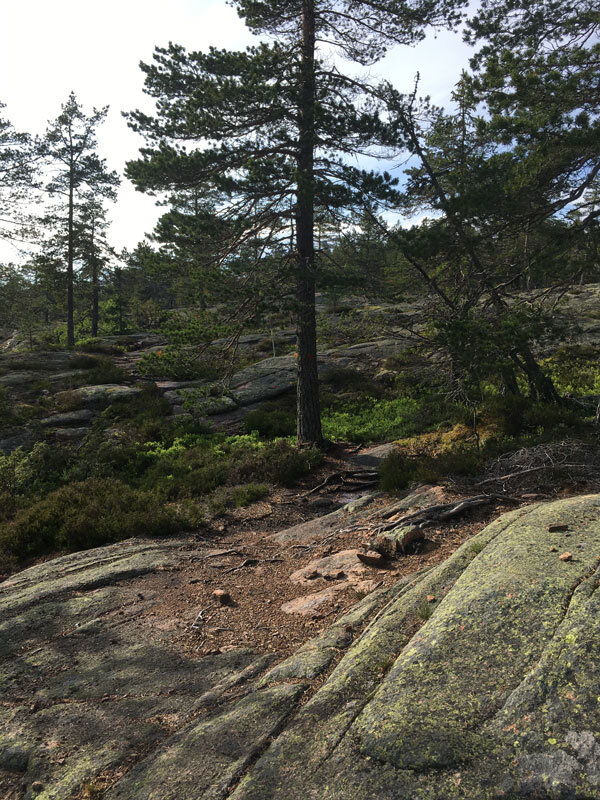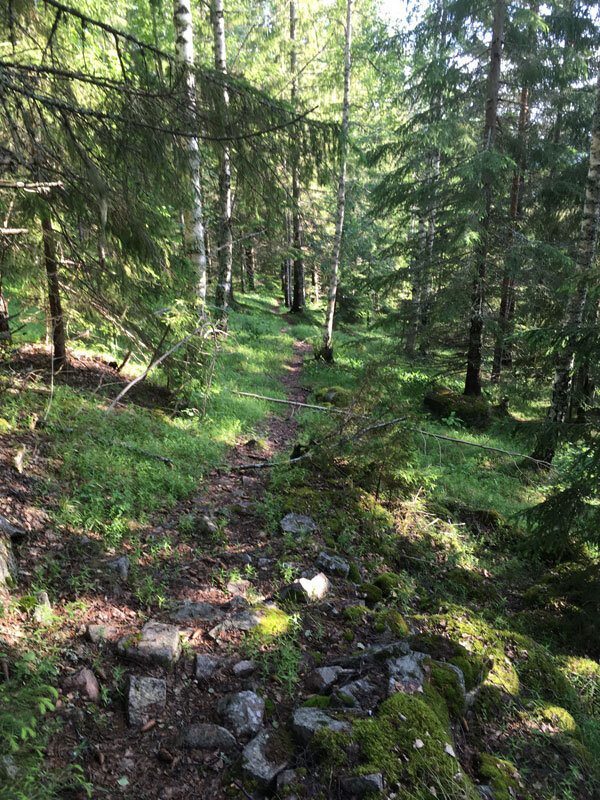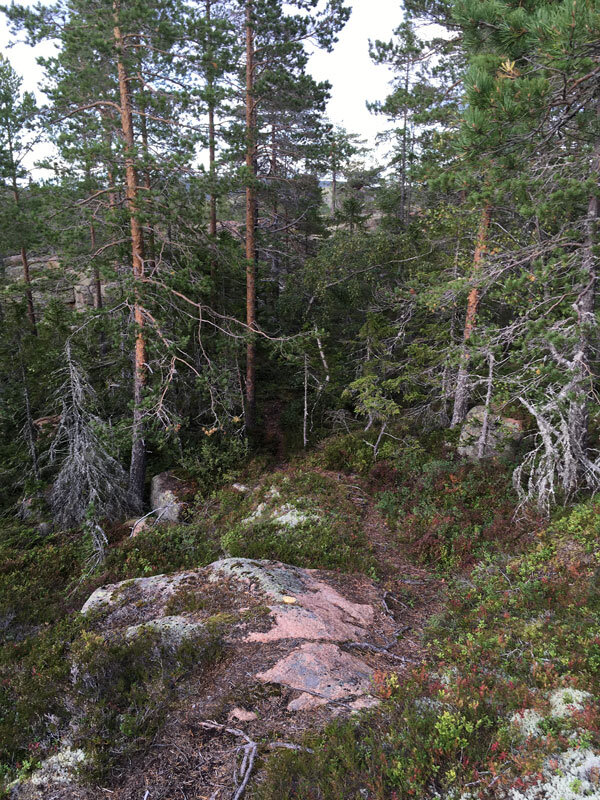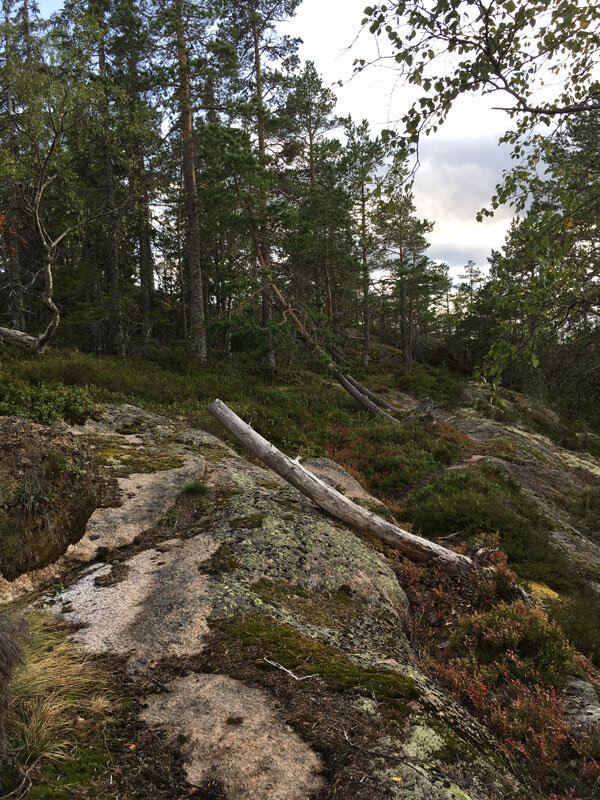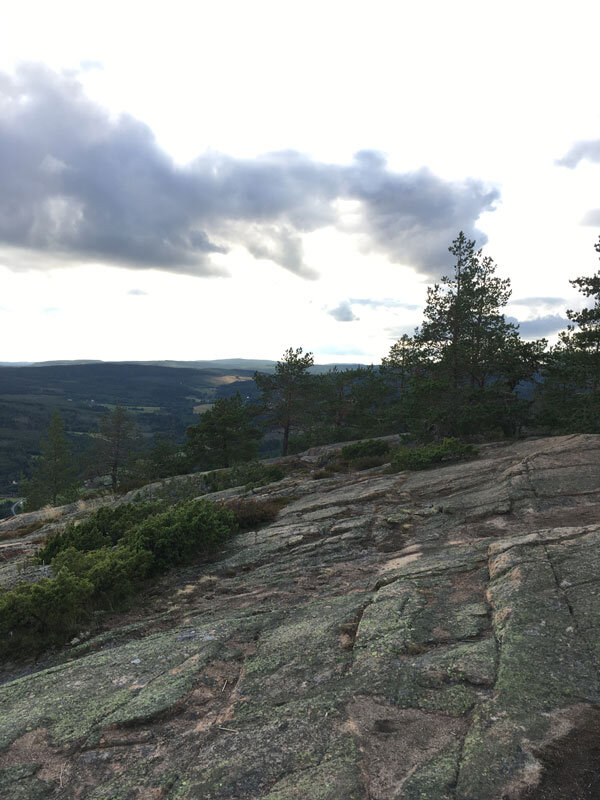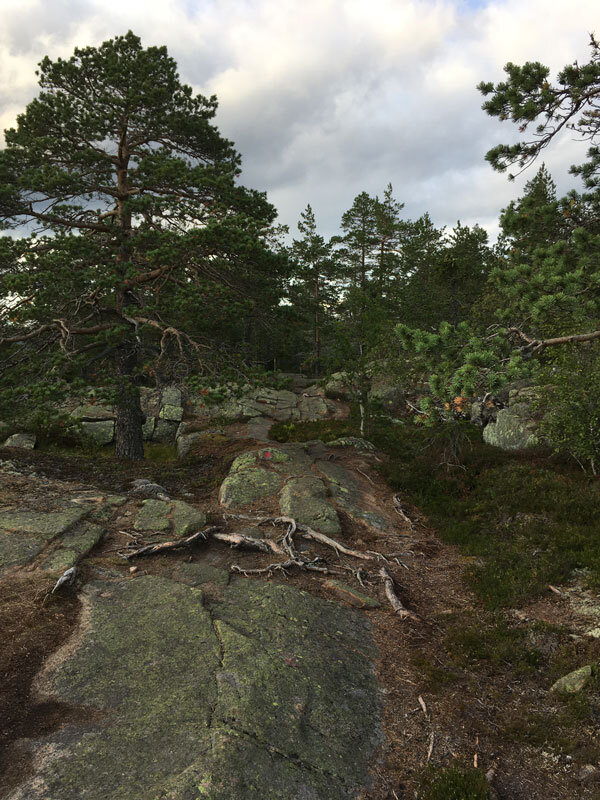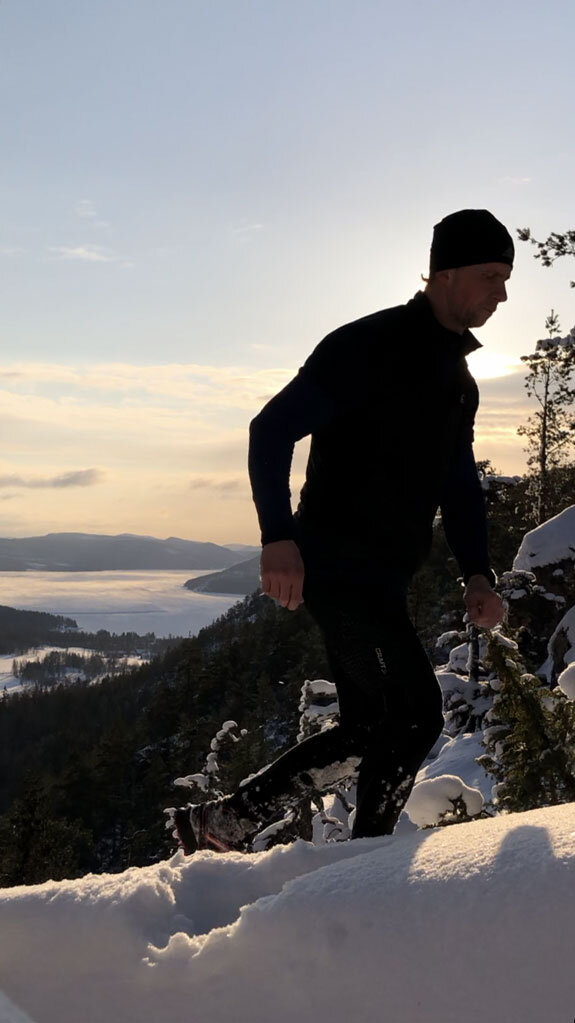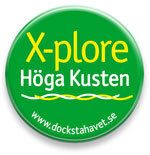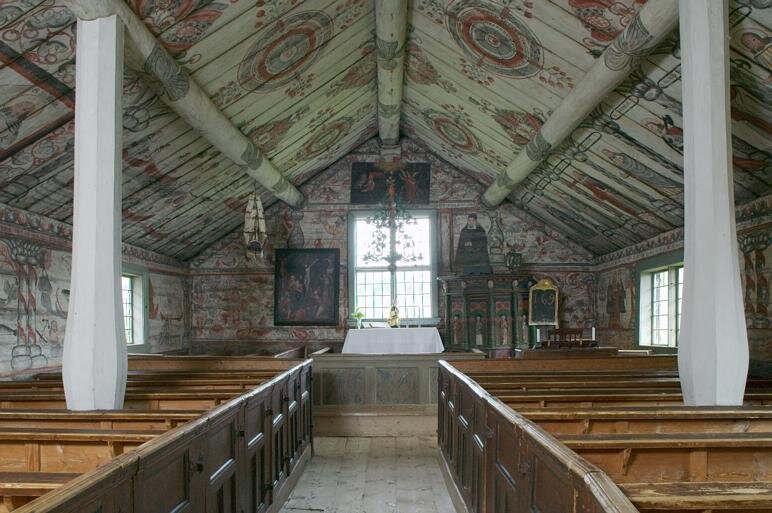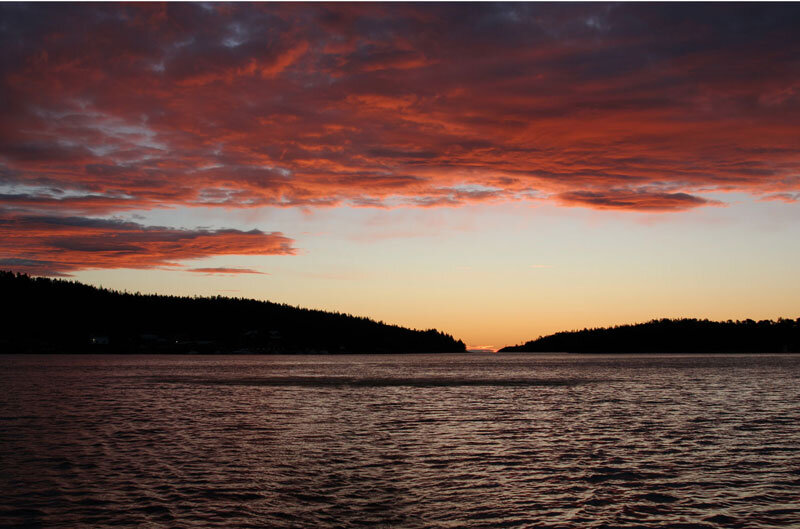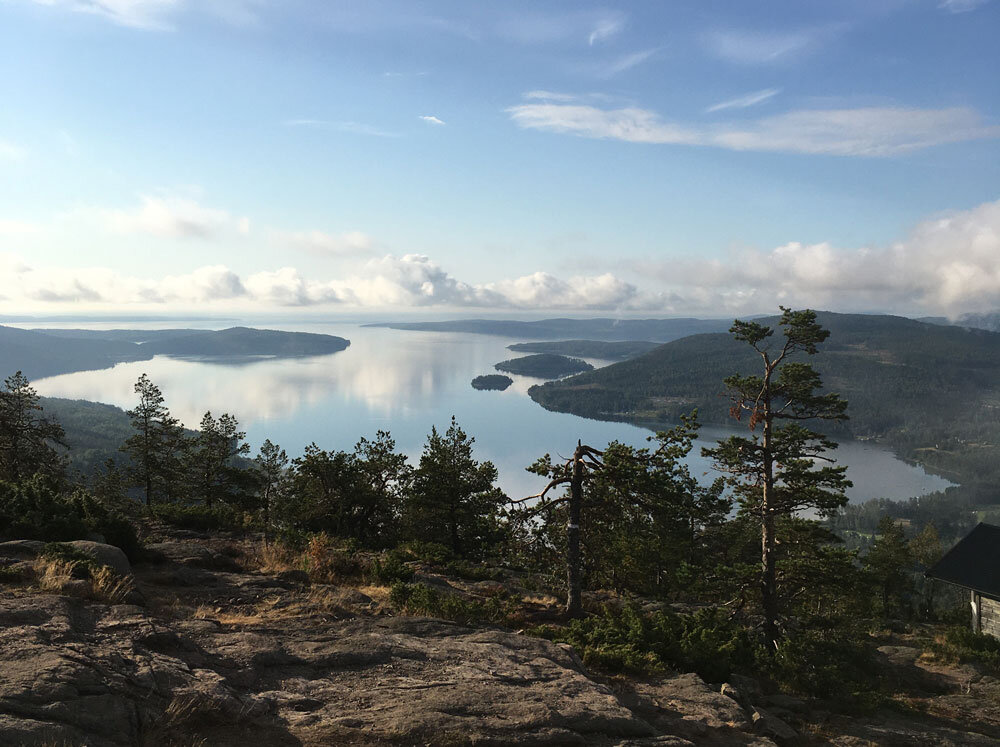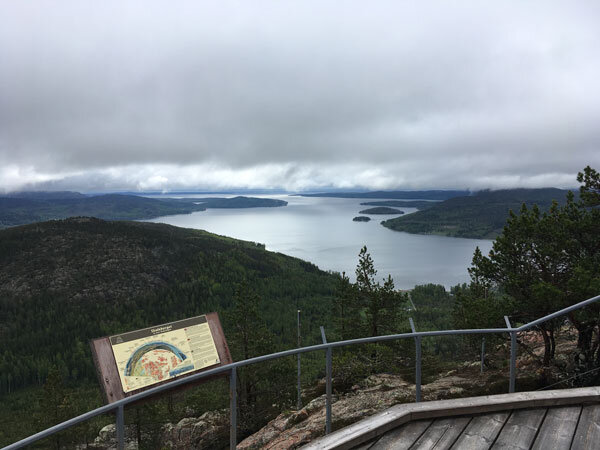The amazing view of Ulvön from Lotsberget
Discover Ulvöleden, the newest trail segment on Höga Kusten Leden. Book your strategic base camp at Docksta Havet marina - 50m from ferry, perfect for island hikers.
The High Coast Trail community is buzzing about Ulvöleden - the newest island segment added to the legendary Höga Kusten Leden. But here's what every serious hiker needs to know: conquering this trail requires strategic planning, and Docksta Havet offers the perfect launch pad just 50 meters from the ferry departure.
What makes Ulvöleden special?
Ulvöleden represents a groundbreaking expansion of the famous 130-kilometer Höga Kusten Leden (High Coast Trail), one of Sweden's prestigious 12 Signature Trails. This new island segment takes hikers beyond the mainland to explore the pristine archipelago that makes the High Coast truly unique.
The trail winds through Ulvön island, offering:
Dramatic coastal vistas across the World Heritage archipelago
Historic fishing village charm with traditional red cottages
Cultural heritage sites including the 17th-century Ulvö Chapel
Unique geological formations showcasing post-glacial land uplift
Authentic Nordic island atmosphere away from mainland crowds
The Ulvöleden challenge: What hikers need to know
Ferry Reality Check:
Single daily service: Departure 10:16AM, return 4:15 PM during summer season, from 16/6 to 17/8 (2025)
Journey time: 1.5-2 hours each way (perfect for scenic viewing of the fjords)
Ferry tickets: Book online in advance during peak season
Island camping required: Serious trail completion means overnight stays
Backpacker-friendly: Most hikers bring their own camping gear
Season dependent: Service to reach the island can be affected by calendar
Ferry operator from Docksta to Ulvön island: M/S Kusttrafik - HögaKustenBåtarna - Book online https://www.hkship.se/
IMPORTANT: “This isn't a casual day hike - it's a committed trail segment that demands proper preparation and staging.”
What sets Docksta apart for trail hikers
Strategic Location Benefits:
Ferry proximity: Closest accommodation to departure point
Trail integration: Direct connection to main Höga Kusten Leden
Multi-trail proximity: Skuleberget, Vårdkallberget, Getsvedjeberget trails start just few km away
Resupply access: ICA supermarket and essential services nearby
Weather shelter: Secure base regardless of conditions
Authentic Hiker Understanding:
The host is trail runner: Tommaso gets the hiking mindset
Minimalist comfort: Boathouse offers exactly what hikers need
No unnecessary luxury: Focus on practical staging benefits
Flexible service: Adapt to hiker schedules and needs
Why HögaKusten Leden hikers choose Docksta Havet as their island adventure base camp
The Night Before Strategy
👍 Our cozy Boathouse (350 SEK/person) offers the perfect pre-adventure setup and early morning ferry access just 50 meters to departure pier.
What’s included:
Fresh linens provided & made beds ready: No setup stress before your big day
Kitchenette access: Fuel up with proper meals at our Sailors Club House (2025)
Towel kit option: No need to pack heavy towels for your island adventure
Gear organization space: Spread out and pack equipment properly before or after island camping
Service House Facilities - your trail recovery center:
Shower rooms and toilet facilities: clean, comfortable, maintained daily
Laundry facilities: Washer and dryer for trail clothes (50 SEK)
Dishwashing area: Clean your camping gear properly
Unique boathouse stay: overnight by the sea >
“This is exactly what sets us apart from basic camping - you get the adventure experience with proper restoration amenities. After days of trail camping, there's nothing like a real shower, clean towels, and the ability to properly wash your gear.”
The Two-Night Adventure Strategy
The Dock House (900 SEK/night) provides luxury staging for hiking couples who choose our over-water accommodation.
👌 Romantic memorable experience: Combine trail achievement with special moments.
Space to plan: Review maps and routes together
Stress-free morning: Walk to ferry without rushing
Complete restoration hub pre/post-hike: recovery and comfort in between your camping adventure
Success Story: the German Couple
Last summer, a German couple arrived very tired from mainland HKLeden sections. They'd smartly booked our Dock House for two full nights.
Night One: Restoration
Hot showers, a real double bed with sea view, and hours on their private terrace overlooking the water. "We need to feel human again before tackling the island," they told us.
Day Two: Preparation
Refreshed, they spent the day at Naturum Höga Kusten Museum getting detailed trail maps, then returned to reorganize packs and study island routes. That evening, they enjoyed a romantica aperitivo & dinner on the dock of the boathouse as their "last supper" before island camping.
Ferry Day: Success
After an espresso together at the Club House, "Tommaso," they said, "this two-night strategy made Ulvöleden feel like a complete experience, not just a trail segment we survived." They walked calmly to the 10:15 AM ferry - no rushing, no stress, just two people ready for adventure.
What You'll Discover on Ulvön
The island offers a perfect blend of natural beauty and cultural heritage:
Natural Highlights:
Lotsberget viewpoint with panoramic archipelago views
Pristine coastal trails along granite shorelines
Rich birdlife and marine ecosystems
Traditional Nordic island landscapes
Cultural Experiences:
Ulvö Museum showcasing maritime heritage
Historic Ulvö Chapel (built by Gävle fishermen)
Traditional fishing village architecture
Famous surströmming (fermented herring) traditions
Connecting to the greater High Coast Trail
Ulvöleden brilliantly complements the main Höga Kusten Leden experience:
Trail integration: Seamless connection to mainland segments
UNESCO context: Experience the World Heritage site from both land and sea
Geological story: Witness post-glacial rebound from unique island perspective
Complete adventure: Combine mainland mountains with archipelago exploration
Why this matters for High Coast hikers
“Ulvöleden represents more than just a new trail – it's a paradigm shift in how we experience the High Coast. For the first time, hikers can seamlessly integrate island exploration with mainland adventures, all while using Docksta as their strategic base camp.
This positions the High Coast as not just a hiking destination, but as a complete outdoor adventure ecosystem where mountains meet the sea, and where every day brings new possibilities for discovery.”
Ready to be among the first to experience Ulvöleden this season? Ferry service starts 16/6 - book your strategic base camp at Docksta Havet now. Limited Boathouse and Dock House availability during peak hiking season.
Tommaso De Rosa
See my host profile and contact me on Airbnb
If you would like assistance planning your stay in one of our waterfront accommodations at the marina, need hiking advice at Skyleskogen Park or Mount Skuleberget, or have any other questions regarding things to do on the High Coast during the summer, please contact me via the Airbnb chat. You are welcome :)
_Tommaso
Please write me by email or WhatsApp at +46.763136909
P.S. I’m a trail runner. I like to explore new routes with a hiking mindset, especially those on the High Coast. Here below you find what I highlighted in these blog posts.









































